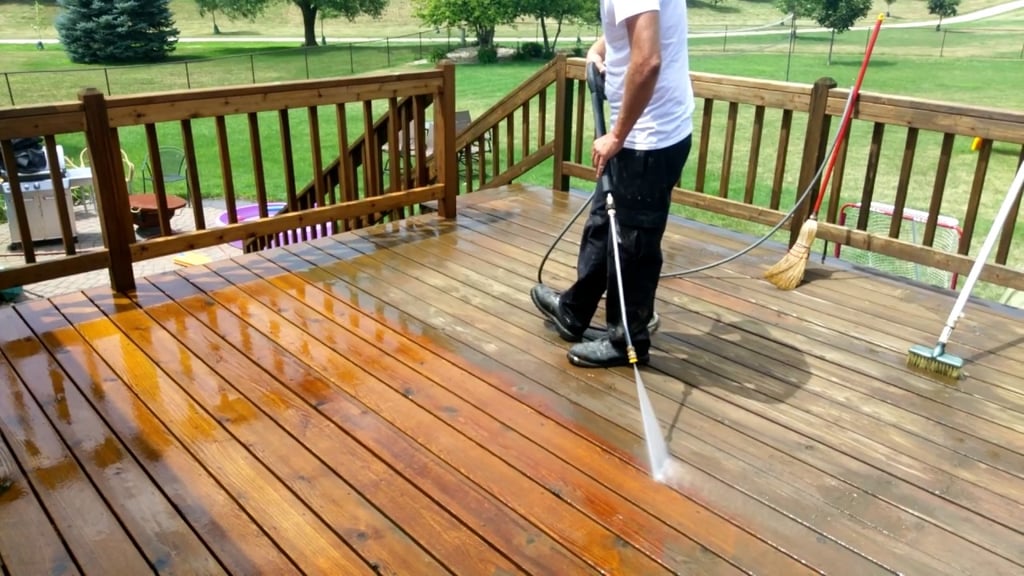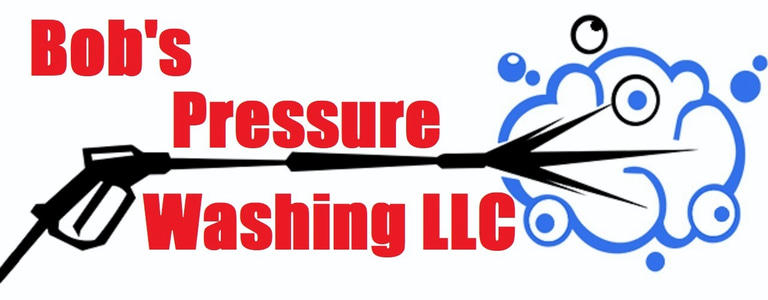Beginner’s Guide to Pressure Washing: Freshen Up Your Outdoor Spaces Like a Pro
We will explore the different types of pressure washers available, the appropriate nozzles and settings for various tasks, safety precautions to take, and step-by-step guides for cleaning specific surfaces
EXTERIOR CLEANING SERVICE PROCESSESBASIC HOME MAINTENANCECURB APPEALPRESSURE WASHING SERVICES


